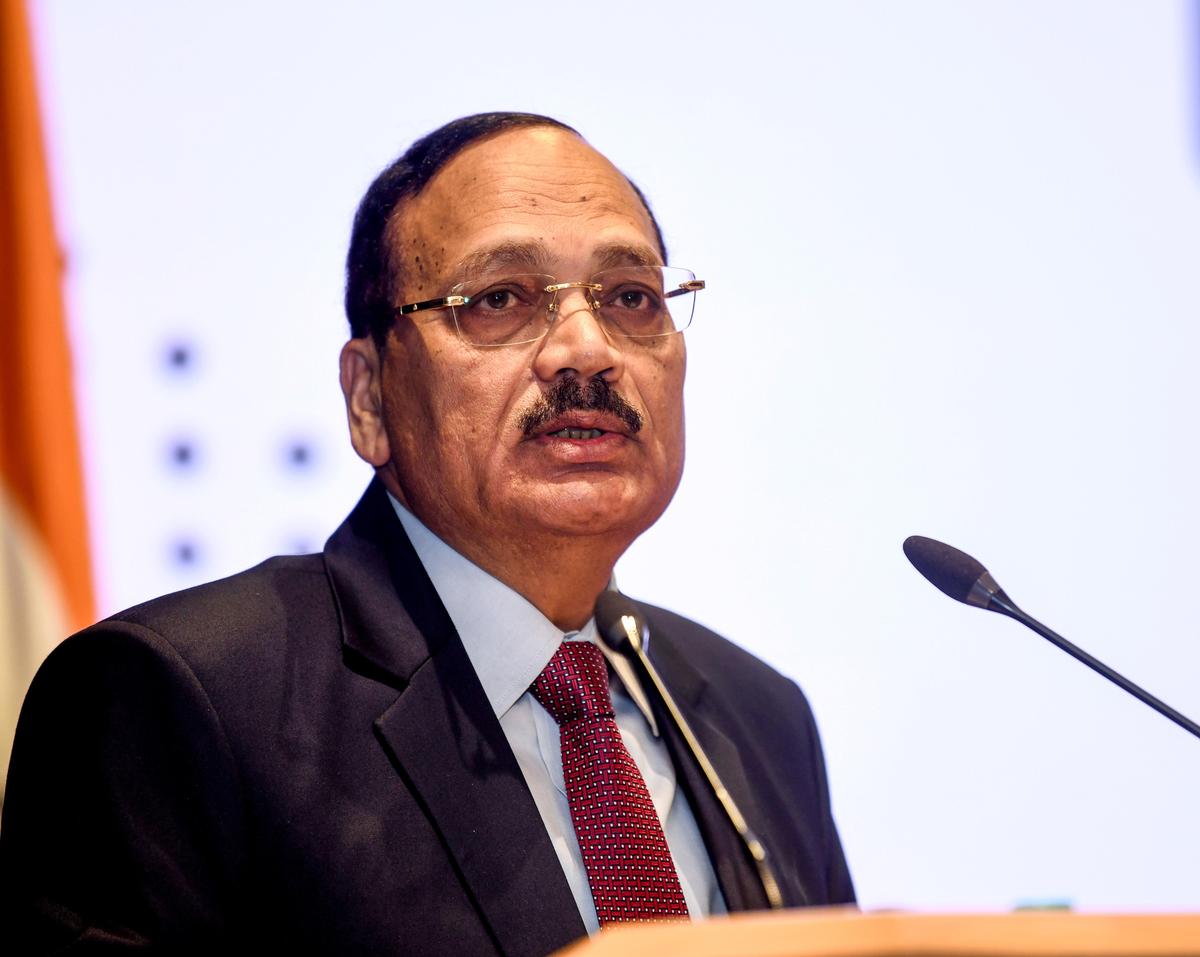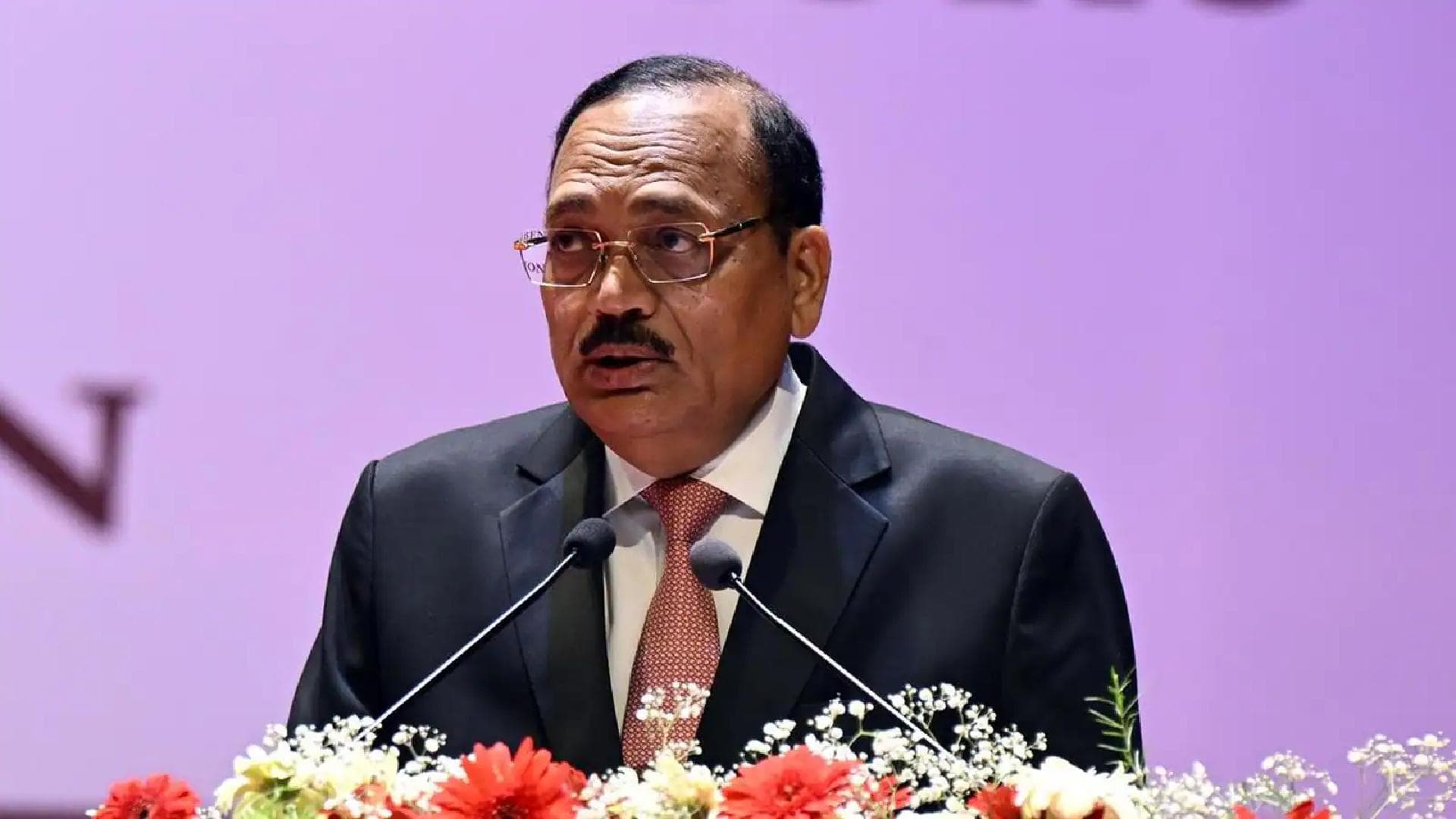Chief Justice of India Justice Surya Kant Begins His Tenure After Swearing-In Ceremony
Chief Justice of India Justice Surya Kant officially took charge after being sworn in by the President at Rashtrapati Bhavan. He begins his term with a tenure that runs until February 2027, giving him a little over a year in office. His oath was administered in Hindi, marking the ceremonial start of his responsibilities as the head of the judiciary and the guardian of the Constitution.
Justice Kant’s elevation follows decades of legal experience shaped across district courts, High Courts, and the Supreme Court. His appointment to the apex court in 2019 placed him at the centre of several major decisions, and his role now expands to steering the functioning of the entire judicial system. His career path reflects gradual progression through merit, responsibility, and consistent involvement in major national matters.
Chief Justice of India and the Long Judicial Journey of Justice Surya Kant
Justice Surya Kant was born in Hisar, Haryana, in 1962. He completed his education locally and earned his law degree from Maharishi Dayanand University in 1984. Beginning his practice at the Hisar district court, he later moved to Chandigarh, where he built a substantial legal presence in the Punjab and Haryana High Court.

His rise was steady and marked by significant milestones. He became the youngest Advocate General of Haryana in 2000 and was designated a senior advocate the following year. His appointment as a High Court Judge came in January 2004, and by 2018, he was elevated as the Chief Justice of the Himachal Pradesh High Court. His career eventually brought him to the Supreme Court, where he was appointed in May 2019, leading to his present role as the 53rd CJI.
Chief Justice of India and His Role in Major Constitutional Decisions
Justice Kant has been involved in several important rulings during his time in the Supreme Court. He was part of the Bench that upheld the abrogation of Article 370, a decision that reshaped the constitutional status of Jammu and Kashmir. He also played a role in the verdict declaring the electoral bonds scheme unconstitutional, a judgment that had major implications for political funding transparency.

His participation in cases concerning the Pegasus spyware issue and the suspension of the sedition law showed his engagement with matters linked to privacy, civil liberties, and the limits of state power. These decisions positioned him as a Judge closely associated with some of the most sensitive and impactful legal developments in recent years. Also Read: Ramaphosa Modi Meeting: Delightful Exchange at G20 Summit in Johannesburg
Chief Justice of India Set to Lead the Judiciary Through a Limited but Crucial Term
With a tenure of just over a year, Justice Kant steps into a period where judicial efficiency, constitutional clarity, and backlog management remain major expectations. His experience across multiple courts and his involvement in prominent cases give him a platform to guide ongoing legal discussions. His time as CJI, though brief, comes at a point where stability and consistency are essential in the judicial system’s functioning.
View this post on Instagram
Conclusion
The Chief Justice of India, Justice Surya Kant, begins his leadership at a significant moment for the judiciary. His long legal journey, combined with his involvement in landmark rulings, sets the tone for a focused and steady tenure.

